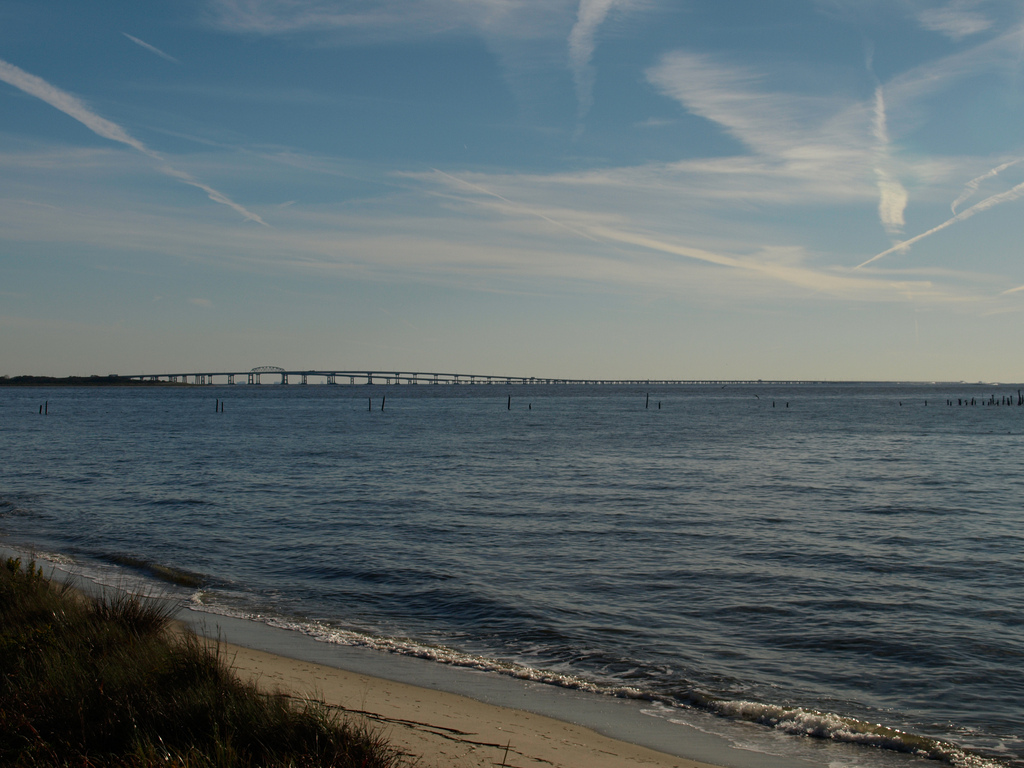Views expressed in opinion columns are the author’s own.
Back in 2012, the Maryland General Assembly introduced a fee on impervious surfaces, designed to reduce runoff into the Chesapeake Bay. It was nicknamed the “rain tax” and quickly became one of the most hated and ridiculed taxes in state history. Originally, the more urban counties of Maryland were required to implement this fee, but in 2015 it became optional as long as each county demonstrated plans to reduce runoff.
Gov. Larry Hogan campaigned on affordability and repealing taxes — particularly this stormwater management fee — during the election against Anthony Brown in 2014, and he’s emphasizing the same points in his current campaign against Ben Jealous. Because the fee was made optional and never really repealed, some think Ben Jealous could leverage this point against Hogan’s tax-cutting campaign. But was the tax really that bad to begin with?
Stormwater runoff carries harmful pollutants such as fertilizer, pet waste, trash and car emissions into our waterways. It not only affects the rivers and streams it travels through, but also the Chesapeake Bay, damaging our marine life as well as our economy.
While pollution and trash are obvious detriments to keeping our water clean, a more hidden killer is the large amounts of nitrogen and phosphorus deposited in the bay from stormwater run-off. This feeds algal blooms that block sunlight from reaching marine plants and reduce the oxygen in the water needed to support life.
With the amount of water-resistant land in the state, one storm can have a massive effect on the health of the bay that would take an enormous amount of time and money to repair. Along the coast of the Carolinas, Hurricane Florence sent floods of coal ash, animal waste and fertilizer into the local waterways. Even as we missed the worst of Florence, the storm took a toll on the bay — the Conowingo Dam was opened to lower the Susquehanna River’s water levels, sending sediment and debris down into the Chesapeake.
It’s certainly difficult to reduce the areas that won’t let water pass that already exist, but taxing them can bring awareness to the issue and make us more mindful about our development and land-use. It adds economic incentive for companies and individuals alike to design their properties to use less surface area and to use new technologies such as permeable pavement. It also encourages much-needed changes to our current surfaces, such as constructing rain gardens and building green roofs that help absorb the rain.
Perhaps most significantly, the money collected from these fees can fund stream and wetland restoration programs, maintain stormwater management facilities and promote other activities that reduce stormwater runoff.
The Chesapeake Bay Program is an essential component of bay restoration, but it was recently threatened by a 90 percent budget cut. While Congress approved full funding through the end of the fiscal year, that might not always be the case. We need our government to guarantee that the bay — our wildlife, economy and identity — will be protected.
We need to start making more of an effort to reduce inaccessible surfaces and stormwater runoff. As strange as the “rain tax” sounds, it is actually a good idea.
CORRECTION: Due to a columnist error, a previous version of this piece claimed the Chesapeake Bay Foundation faced a 90 percent funding cut. It was the Chesapeake Bay Program that faced the cut. The column has been updated.
Alyssa McKinney is a a sophomore electrical engineering major. She can be reached at alyssa.cmck@gmail.com.



